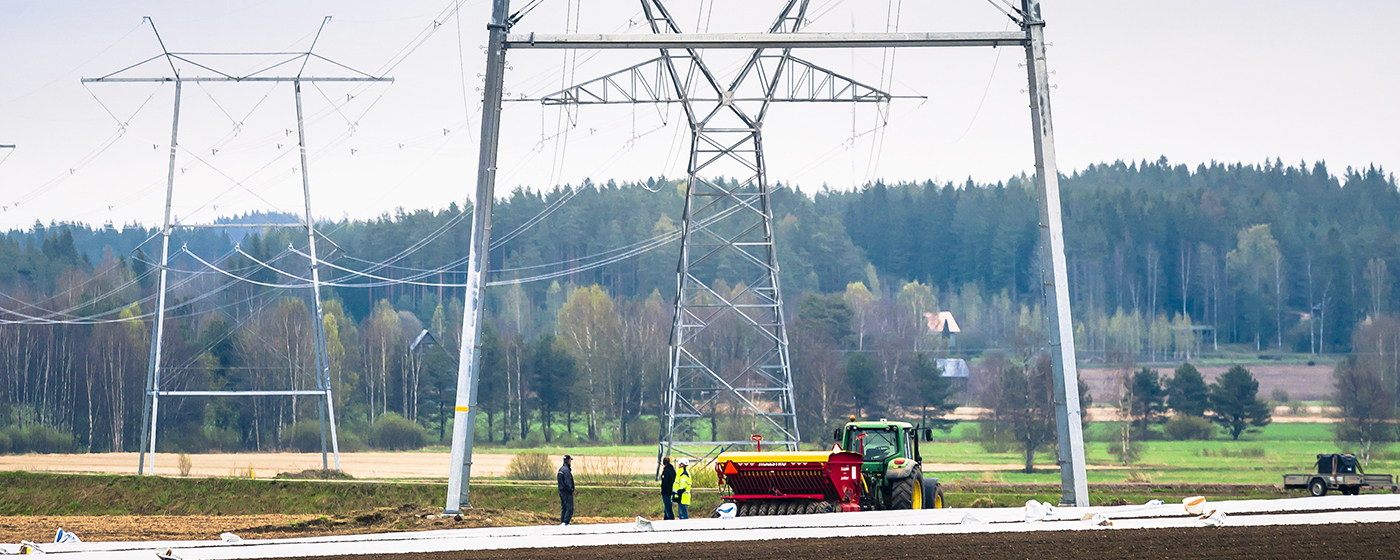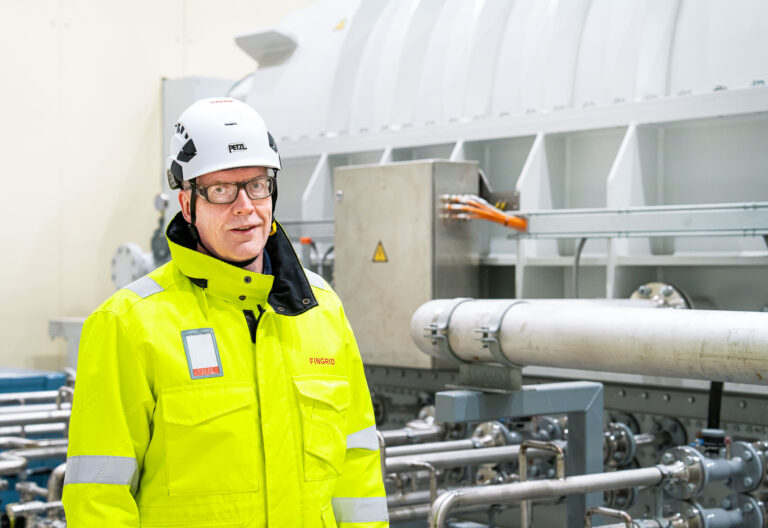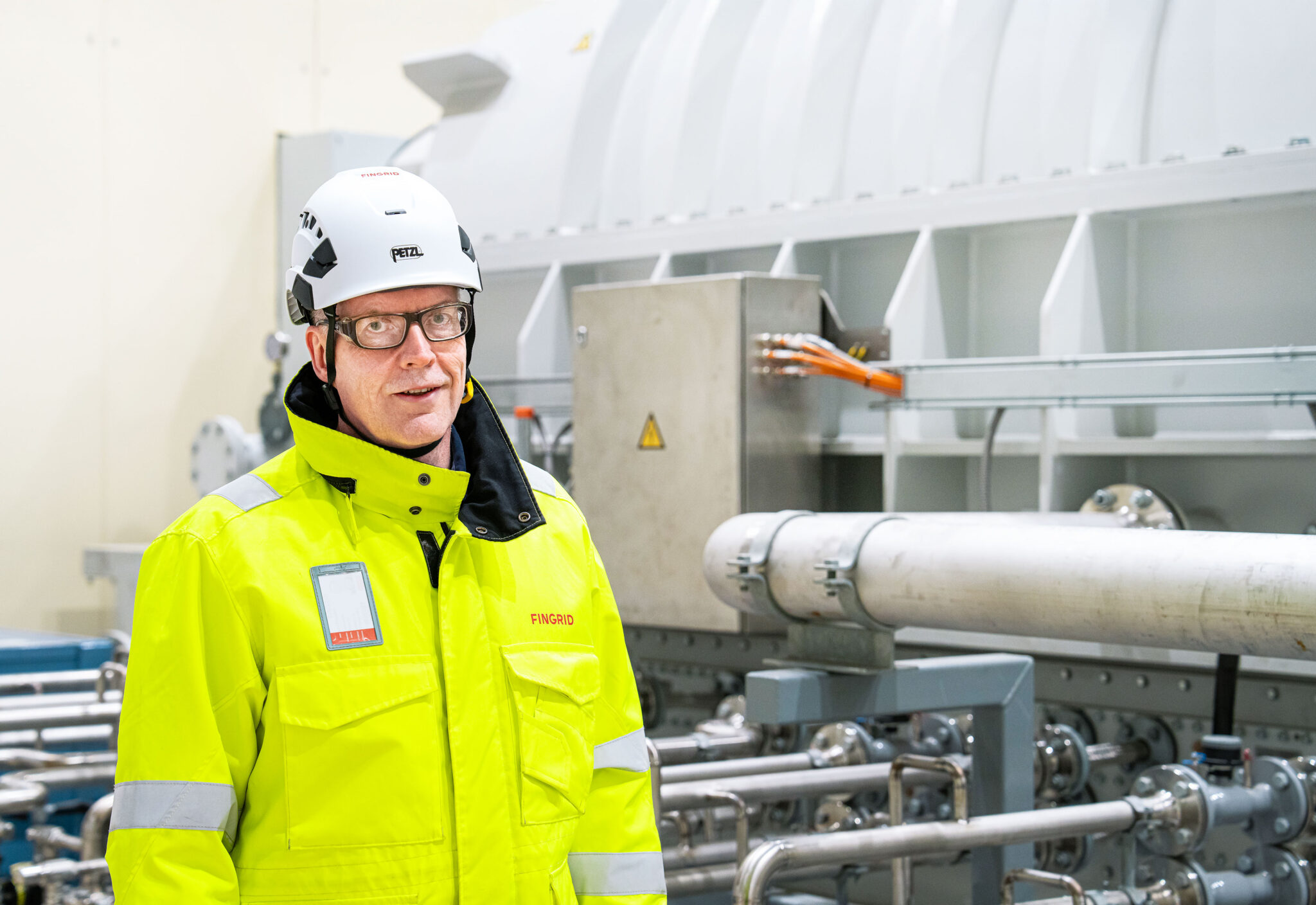The EIA, the statutory Environmental Impact Assessment, commences at the same time as the preliminary planning of the transmission line. The EIA ensures that the environmental impacts on the project area and people are identified in time and mitigated early, in the planning of the transmission line route. The aim is to cause as little inconvenience to the environment, landowners and residents in the neighbourhood – without endangering the system security of the main grid and uninterrupted supply of electricity, of course.
“For a successful project, it’s essential that people living in the area can influence and state their opinions on transmission line routes in good time. This way, requests for changes can be best taken into account.”
In recent years, Fingrid has taken the initiative to increase people’s opportunities to have their say. Earlier, information events were only announced in the area’s newspapers, as required by law, but now, in addition to newspaper ads, property owners living or spending time at their cottages near the transmission line route are also personally invited to come and hear about the transmission line Project. Project planning can also be commented via Fingrid’s electronic feedback system.
“People impacted by the transmission line don’t always live in the area permanently, or they don’t have access to the local newspaper where the information event is announced. Thanks to the invitations, we have been able to reach people better and open communication channels for dialogue.”
On other people’s land
Fingrid’s transmission lines are mainly located on other people’s land. That’s why landowners are, numerically, Fingrid’s largest interest group. They also provide the company with the most feedback.
“During the EIA process, impacts caused by the transmission line project are investigated for different alternative routes. Finally, decisions on the project are made based on the information produced by the EIA, feedback from people and technoeconomic reviews. As the tower locations are more closely specified, many landowners have been able to participate in the project thanks to early communications. Even at this stage, we try to take possible comments into account”, says Alm.
“Fingrid has, on average, 2–3 EIA processes underway each year. The EIA process is always used for transmission line projects involving a 400- or 220-kilovolt line over 15 kilometres long. In smaller 110-kilovolt transmission line projects, a lighter environmental assessment is usually sufficient.”
According to statistics, during the over 20-year history of the EIA Act, over 700 projects involving the EIA procedure have been launched in Finland. Fingrid’s projects number nearly 40 of these.
The EIA Act came into effect in 1995 and is now being further specified
The Act on Environmental Impact Assessment Procedure came into force in 1995. Before this, route planning for transmission lines was generally carried out on a map, though still taking landowners, settled areas and the environment into account. Preliminary route negotiations took place between the authorities. Landowners were informed only when planning proceeded to terrain surveys.
“Consequently, requests for changes could only be made at a rather late stage, making their approval uncertain. After all, changing the location of a single tower may have quite extensive repercussions on both sides of the tower. The EIA brought along the desired opportunity for early influence,” Alm continues.
The first environmental assessment for a transmission line area, anticipating the entry into force of the Act, was made for a project by Imatran Voima in the Kokkola-Oulu area in 1991.
Likewise, Fingrid’s first statutory EIA was made in the Oulu region in 1995.
The EIA of the time was 20 pages in size, while current environmental impact assessments may well be ten times that, with 200 pages and map attachments.
“These days, there are more environmental regulations and demands by people and the environment. The EU has increased the importance of rare species, such as the Flying Squirrel in forests and the White-tailed Sea Eagle on coasts. One example of the increasing significance of natural values is a transmission line project currently underway in Pyhäjoki; the area is very valuable in terms of its avifauna, so exceptionally extensive nesting and migratory bird studies were carried out, taking the values concerning birds as the starting point for planning.”
At the moment, the EIA Act is being updated to develop the quality of the EIA procedure and to bring its content requirements up to date. The aim is to increase flexibility in authority operations, as well. For example, the same issues wouldn’t need to be investigated in the terrain several times, but information already collected could be utilised in different permit processes. As such, the EIA procedure will be more closely linked e.g. with Natura assessments and project zoning.







